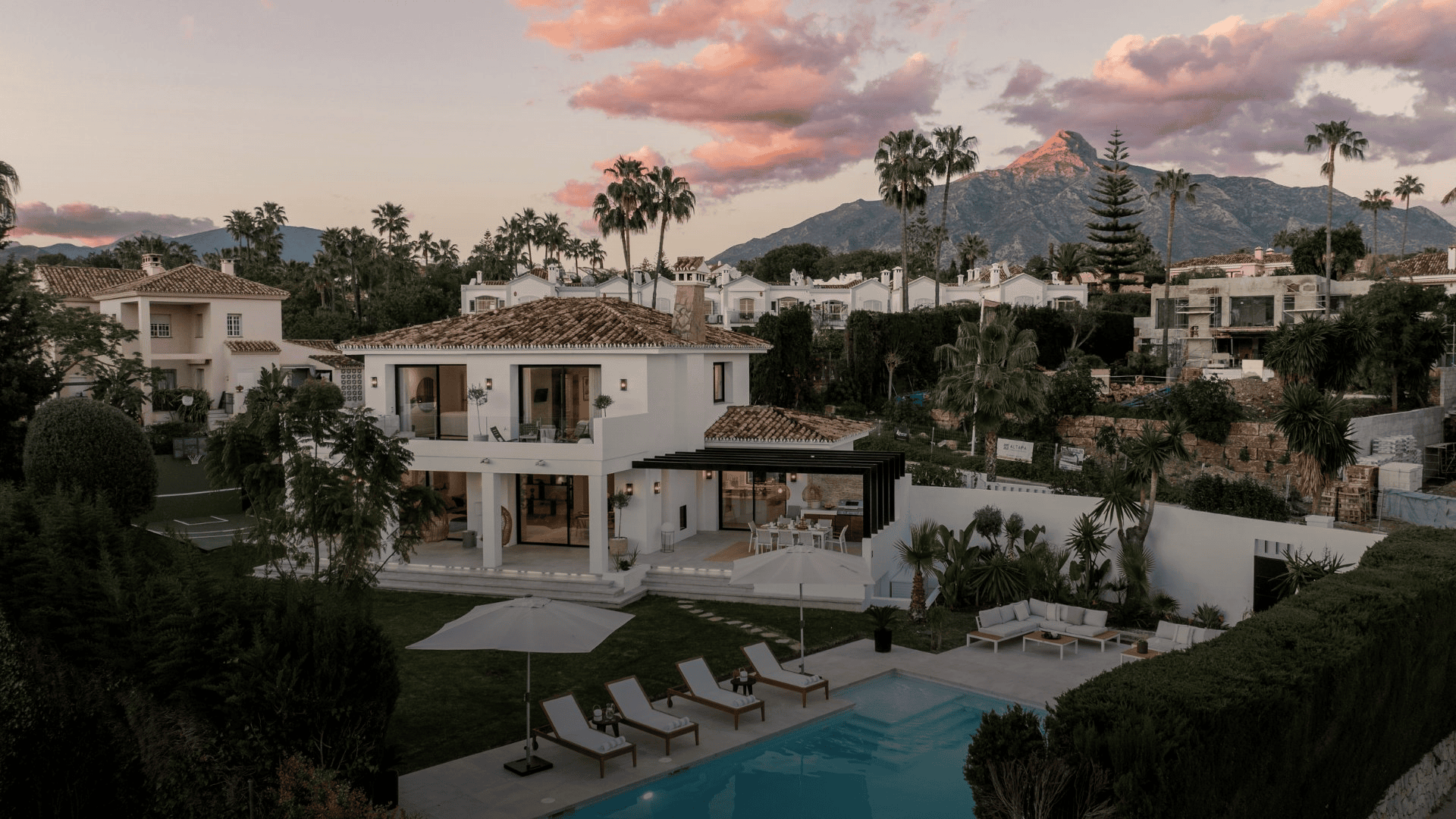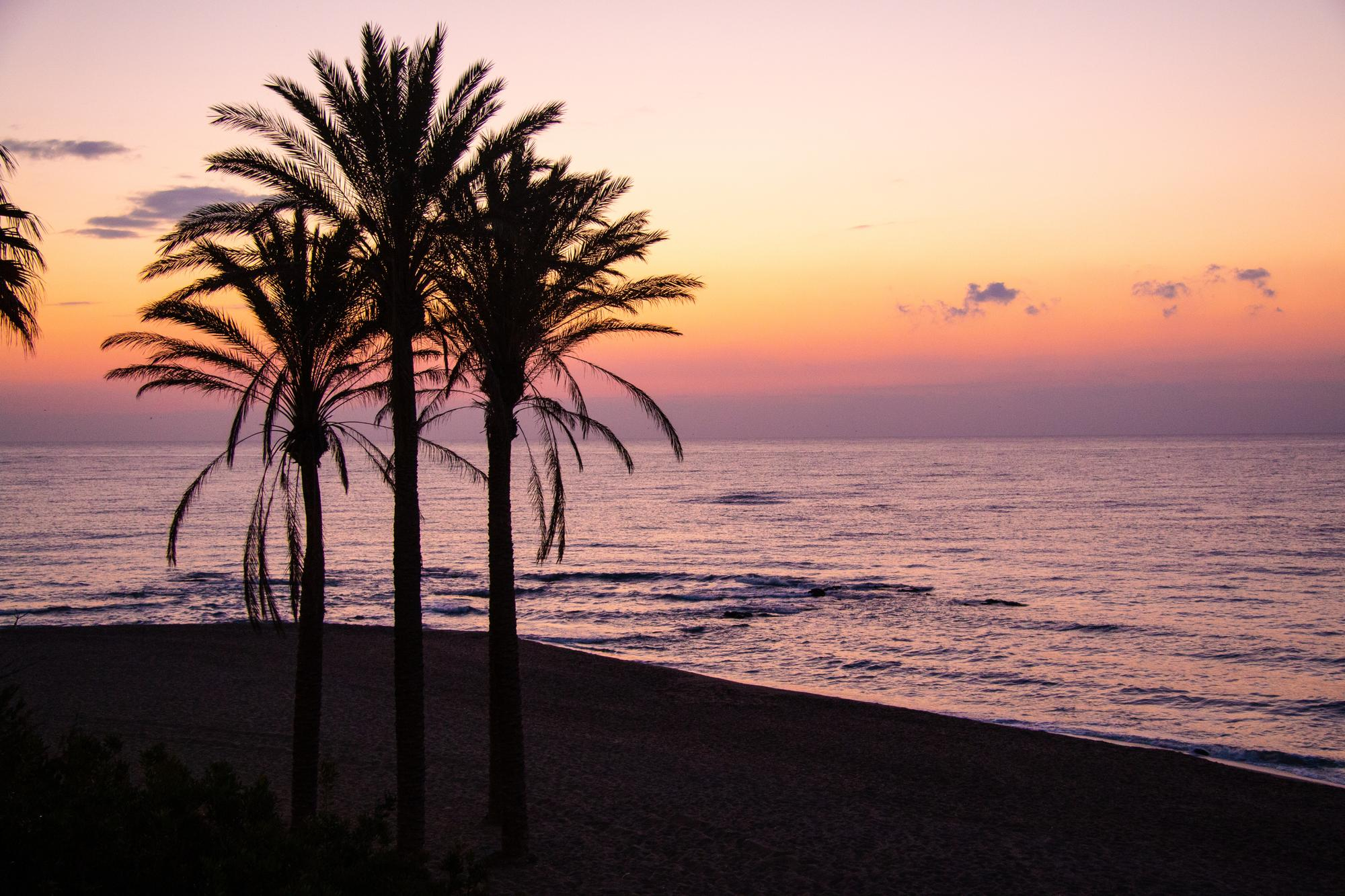The Costa del Sol remains one of Spain’s most dynamic and coveted real estate markets in 2025. What started as a region largely driven by tourism is increasingly shaped by long-term residential demand, international investment, and a strong luxury segment. Key drivers include limited supply, rising construction costs, lifestyle preferences (wellness, sustainability, views), and strong foreign demand.
Key Trends
-
Record‐High Prices & Strong Growth Rates
-
As of August 2025, the average price of second-hand housing in Málaga province rose to about €3,842/m², marking a year-on-year increase of roughly 13.8%.
-
Premium areas such as Marbella and Benahavís lead the way, with prices above €5,200/m² in many cases.
-
Smaller towns are catching up in terms of growth rate. Towns like Algarrobo-Costa, Ojén, Caleta de Vélez, etc., have seen price increases of 20-30%+ in the last year.
-
-
Luxury Market Gains
-
The premium or luxury segment (homes priced above ~€3 million) continues to appreciate, though more modestly in percentage terms compared to less expensive areas.
-
Some very high price tags: in Marbella, ~18% of luxury homes sold in 2024 were priced over €10 million.
-
-
Strong International & Second-Home Demand
-
Foreign buyers remain central to the market. ~33-35% of property transactions in Málaga province in Q2 2025 involved foreign buyers. Top nationalities: UK, Germany, the Netherlands, Scandinavia.
-
Many buyers are looking for second homes, or combining holiday use with rentals. Some are relocating more permanently, especially retirees or location‐independent professionals.
-
-
New Build & Supply Constraints
-
There has been a notable increase in new build sales. In early 2025, in Andalucía, new build homes sales rose ~30.9% compared to the previous year. Málaga province is among the leaders.
-
However, supply is still tight, particularly of high-quality properties in prime locations. Infrastructure, zoning, land availability, and rising costs (materials, labour) are bottlenecks.
-
-
Increasing Importance of Sustainability, Technology, and Lifestyle Amenities
-
Buyers are more demanding: energy efficiency, green building features, sustainability certifications, and eco-friendly design are premium features that are increasingly expected.
-
Wellness, views, outdoor space, quality amenities (spa / fitness / nature / privacy) are high on the wish list.
-
-
Geographic Diffusion of Demand
-
While Marbella, Benahavís, Puerto Banús etc. continue to dominate in terms of absolute price, more buyers are looking at “fringe” or previously overlooked areas — hillside towns, smaller coastal towns, towns with character and good connectivity but lower price base. For example, Ojén, Algarrobo-Costa, Caleta de Vélez are rising fast in %-increase terms.
-
Emerging hotspots also include Estepona, Casares, parts of Mijas.
-
Risks & Challenges
-
Affordability: With rapid price rises, many local buyers are being priced out. Two-bed flats, even in non-prime zones, are reaching sums that are hard to finance for middle-income households.
-
Regulation & Planning Bottlenecks: Obtaining approvals, land use, urban planning, and infrastructure may lag behind demand. Also, environmental regulation (water scarcity, land use).
-
Interest Rates / Financing: Mortgage terms, interest rates, and borrowing cost remain relevant — any hikes or tighter regulations could dampen demand.
-
Overdependence on Foreign Demand: Currency risks, travel regulations, visa policies, economic conditions in buyer-source countries can affect this demand.
Forecast / What to Expect
-
Moderate to strong price growth will likely continue in many parts of the Costa del Sol through late 2025 and into 2026 — estimates are in the ballpark of 5-10%+ annual growth in many areas, with higher growth in hotspot locations or fringe towns.
-
The luxury segment will continue to perform well, though its percentage growth may be less dramatic than for more affordable coastal towns gaining popularity.
-
New builds will continue to gain market share, but only gradually — constrained by land, cost, regulations.
-
Properties offering strong lifestyle value (views, wellness, sustainability, connectedness) will outperform more basic units.
-
More buyers will be drawn by hybrid living models (e.g. part-year residents, combining enjoyment with rental revenue) and remote work will support demand in less urbanized or less densely built areas.
Implications for Buyers & Investors
-
If you’re buying now, prime locations are expensive, so look for emerging areas that offer good infrastructure and potential for capital appreciation.
-
Factor in not just purchase price, but ongoing costs (taxes, maintenance, community fees), especially for luxury homes.
-
For investment / rental income: holiday rentals remain profitable, but regulation is something to watch. Also, the “rent vs live in” trade-off matters.
-
For resale, high quality in materials, design, legality (documentation, licences) and amenities increasingly matter more than just location.


